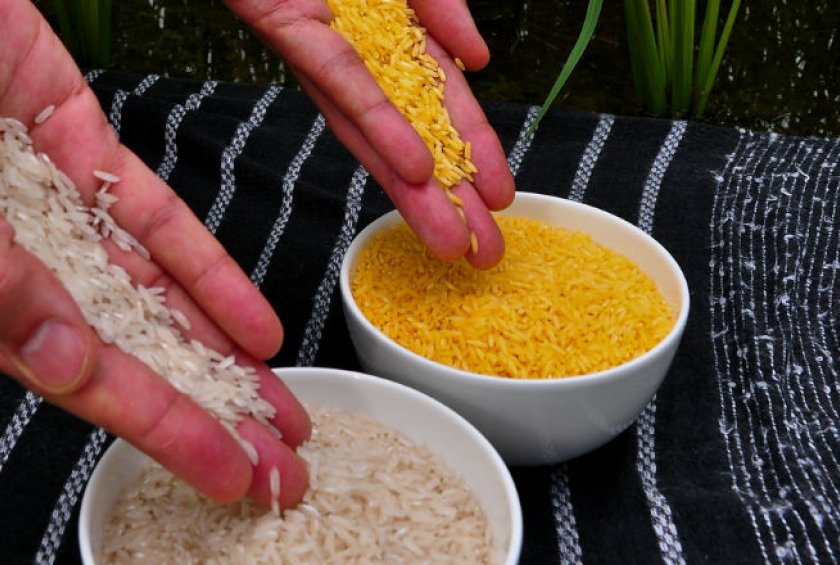-
Tips for becoming a good boxer - November 6, 2020
-
7 expert tips for making your hens night a memorable one - November 6, 2020
-
5 reasons to host your Christmas party on a cruise boat - November 6, 2020
-
What to do when you’re charged with a crime - November 6, 2020
-
Should you get one or multiple dogs? Here’s all you need to know - November 3, 2020
-
A Guide: How to Build Your Very Own Magic Mirror - February 14, 2019
-
Our Top Inspirational Baseball Stars - November 24, 2018
-
Five Tech Tools That Will Help You Turn Your Blog into a Business - November 24, 2018
-
How to Indulge on Vacation without Expanding Your Waist - November 9, 2018
-
5 Strategies for Businesses to Appeal to Today’s Increasingly Mobile-Crazed Customers - November 9, 2018
Danger or bad rap — GMO crops
Over the last 10 years, more than 1,700 studies have been conducted examining GMO foods – all of which found they were safe to eat.
Advertisement
Researchers behind the report called for a process that evaluates potential health and environmental concerns about new type of crops regardless of whether they are genetically engineered.
A new report from the National Academies of Sciences attempts to synthesise more than 900 existing research studies on GM crops into a single analysis.
“Patterns of change in cancer incidence in the United States and Canada are generally similar to those in the United Kingdom and western Europe, where diets contain much lower amounts of food derived from [modified] crops”, the report said.
A comprehensive new study by the National Academies of Sciences, Engineering, and Medicine finds that GMO (Genetically Modified Organism) crops pose no risk to health or the environment because they are fundamentally no different from ordinary ones. Production in general is increasing in agriculture, but U.S. Department of Agriculture data don’t show that genetically engineered crops are increasing at a higher rate, despite experimental results suggest that they should, the report said.
But when it came to the increase in yield promised by giant agricultural companies who are hawking GMOs and promising to help world hunger, the National Academy was straightforward; “There was no evidence that GE crops had changed the rate of increase in yields”.
When a plant is genetically engineered, its genetic material is artificially manipulated so that the plant can obtain characteristics it would not have otherwise, including pest resistance and the ability to endure some kinds of herbicides. Up to now, companies have introduced just a small number of different kinds of genetically modified crops.
The National Academy of Science released a 388-page report yesterday that was two years in the making.
So if you’re looking for something that might settle the debate over genetically engineered crops once and for all, keep looking.
Plants are most often genetically modified in order to resist pests and herbicides.
The study noted that the most common GMO crops in 2015 were soybeans, cotton, corn, and canola, and that genetically engineered crops have been planted on about 12 percent of the world’s total viable cropland. Ultimately, however, decisions about how to govern new crops need to be made by societies.
Advertisement
These crops can actually benefit humans more than non-gmo’s due to their increase in vitamins such as vitamin a. Farmers use herbicides to kill unwanted plants. The report makers did not find any increase in specific health problems after the GE crops were introduced in the U.S. and Canada in the 1990s. The study’s authors said labels aren’t needed for food safety reasons but potentially could be justified because of transparency, social and cultural factors, somewhat similar to made-in-America stickers.





























